Description
White Dutch Clover (Trifolium repens)
Often simply referred to as Dutch clover, is a versatile, low-growing, perennial legume that belongs to the clover family (Fabaceae). It is native to Europe but has become widely naturalized in North America and other parts of the world due to its adaptability and numerous benefits. Often used as a ground cover, cover crop, erosion control, and pasture mixtures. Homeowners often include white Dutch clover in their lawn seed mixtures due to its rapid germination, which contributes to soil stabilization and provides essential nutrients to support the growth of lawn grasses.
To maximize its growth and performance, white Dutch clover thrives in moist, well-drained, and fertile soils, although it exhibits a degree of tolerance for clayey soils. When sowing, it is recommended to use a seeding rate of 1/4 to 1/2 pounds per 1000 square feet or 8 to 10 pounds per acre. Ensure proper coverage by sowing the seeds at a depth of 1/8 to 1/4 inch and keeping the soil consistently moist until germination occurs. The best time for planting is during the cool seasons specific to your geographical area.
Additionally, white Dutch clover can be mowed, providing further flexibility in its maintenance and landscaping applications.
Here’s more detailed information about White Dutch Clover:
- Appearance: This clover is characterized by its small, oval-shaped leaves with a characteristic white “V” or crescent-shaped mark on each leaflet. The small white to pale pink flowers form clusters, and they are what give the plant its common name “White Dutch Clover.” The plant typically grows to a height of 6 to 8 inches.
- Growing Habit: It has a creeping or prostrate growth habit, meaning it spreads horizontally along the ground. It can spread through stolons (above-ground stems) and rhizomes (underground stems), which helps it establish a dense cover.
- Adaptability: White Dutch Clover is renowned for its adaptability. It can grow in a wide range of soil types, from well-drained, fertile soils to clayey or less fertile soils. It is also known for its ability to tolerate moderately compacted soil.
- Uses:
- Ground Cover: It is often used as a ground cover in lawns and gardens due to its low growth habit and ability to fill in spaces between other plants.
- Cover Crop: Farmers and gardeners frequently use it as a cover crop. It helps improve soil fertility by fixing nitrogen from the atmosphere into the soil, making it available to other plants. It also acts as a natural weed suppressor. Here is more information on cover crops.
- Erosion Control: The dense mat of clover plants helps control soil erosion, making it a valuable choice for stabilizing slopes and preventing soil runoff.
- Pasture Mixtures: It’s commonly included in pasture seed mixtures for livestock grazing. The clover provides additional forage and nitrogen to the pasture.
- Wildlife and Pollinators: The flowers of White Dutch Clover are a source of nectar for bees and other pollinators, making it a valuable plant for supporting local ecosystems.
- Planting: When planting, it’s typically sown in the early spring or early fall. The recommended seeding rate varies depending on the intended use, but it’s usually between 1/4 to 1/2 pound per 1000 square feet for lawns and gardens.
- Maintenance: It can be mowed to maintain a desired height, making it compatible with conventional lawn care practices.
- Cautions: While White Dutch Clover has numerous benefits, it can be considered a weed in some contexts. Its ability to spread and establish quickly can lead to it becoming invasive in certain areas.
Overall, White Dutch Clover is a versatile and beneficial plant with a wide range of applications, from improving soil health to enhancing the beauty of lawns and gardens. Its adaptability and ecological contributions make it a valuable addition to various landscaping and agricultural projects.
Color: White flowers
Height: 6-8″
Type: Perennial
Climate: Sun – Med/Moist
Seeds/lb.: 210,000
Rate: 8 oz./1000 sq.ft. or 2 lbs./acre with grass or 8-10 lbs/acre alone
Bloom Time: Spring – Early Summer
Zone: 3- 9

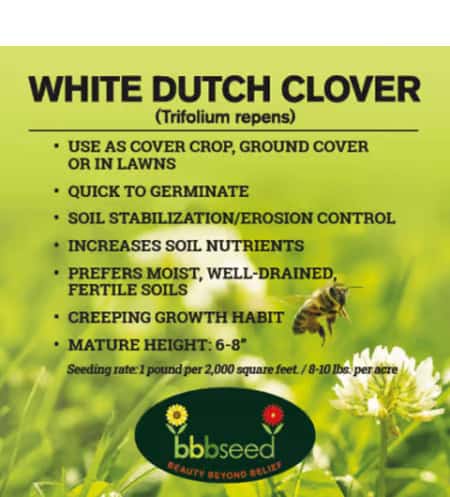
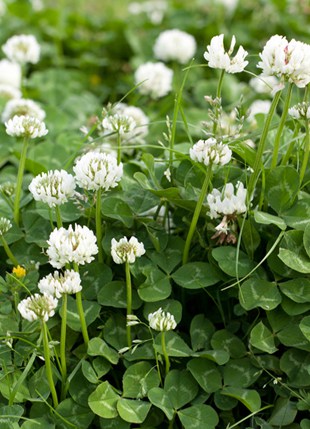

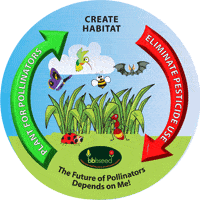
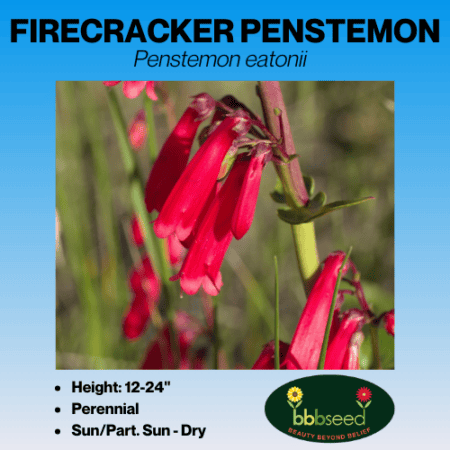
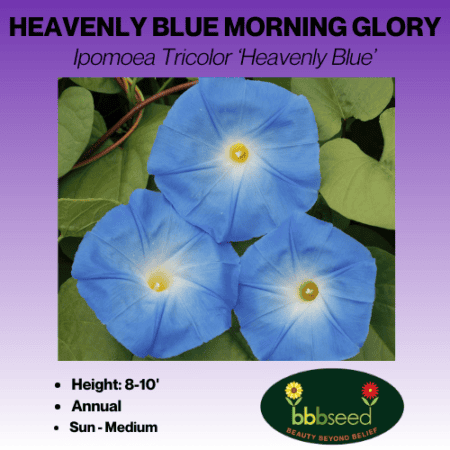




Reviews
There are no reviews yet.